

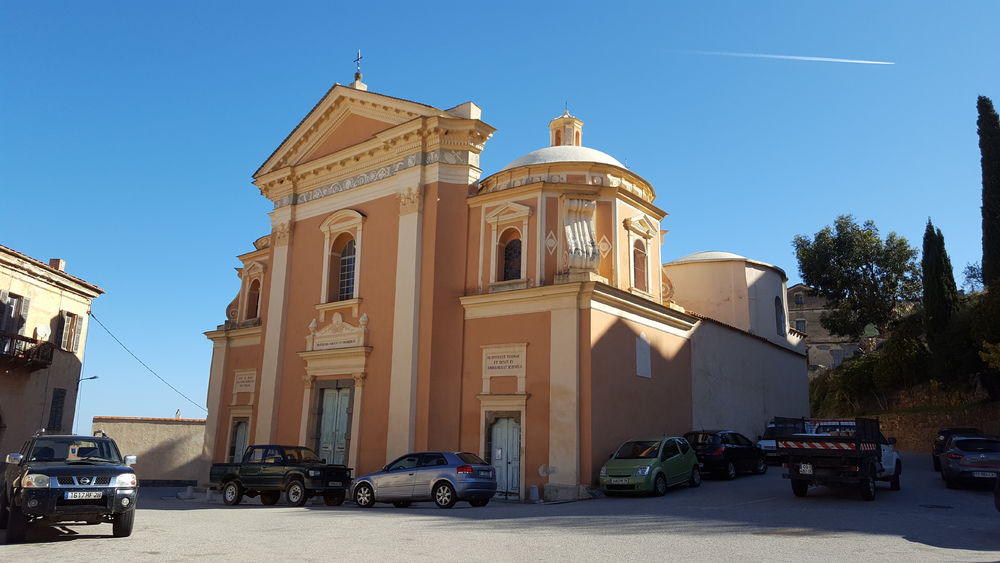
Visit the magnificent church of San Tumasgiu (Saint Thomas) in the heart of Belgodère village.

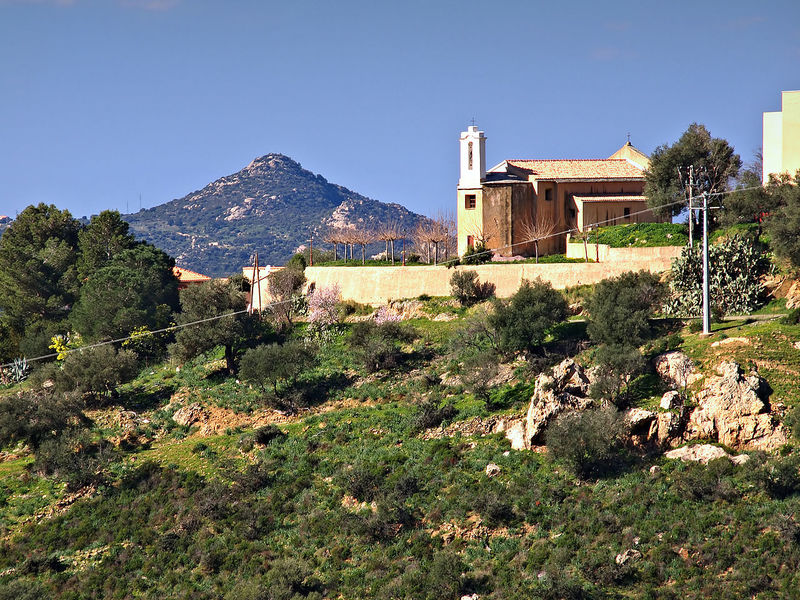
You'll find the chapel of San Ghjuvanni on the edge of the village of Belgodère, on the road to Occhiatana.Built in 1711 on the site of an old oratory, using stones from the destroyed church of San Marcello, this chapel is dedicated to St John the Apostle. It contains a baroque altarpiece in carved wood dating from 1604 and a polychrome statue of Our Lady of Seven Sorrows carved from an olive tree trunk dating from 1545, both of which are listed. On the third Sunday of September, the patronal feast day, a mass is celebrated here followed by a procession.


You'll find San Roccu chapel near Belgodère station, below the village. San Roccu day is celebrated every year in mid-August.


The convent of Nostra Signora delle Grazie in Belgodere was founded in the 16th century by the Capuchin monks. In 1590, the Servites settled there for good. Abandoned by the fathers, it fell into disrepair and is now in ruins.

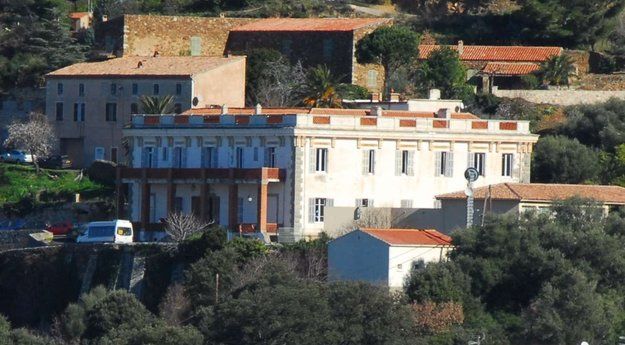
This vast 19th-century mansion stands on the side of A Costa hill. It was built in 1892 by Toussaint Malaspina, a local man and friend of Georges Clémenceau. The gardens of Malaspina castle, in the locality of Ajola, date from the late 19th century.From the height of its century of existence, Malaspina Castle still looks out over Belgodere. Its home, where it has always been useful over the years. Its construction was completed in 1892. This Victorian building, inspired by the Italian palaces, was first named Castle of La Costa and then Castle Malaspina.
The crypt adjacent to the building is still owned by the heirs of the Malaspina family and is due to be restored soon.
The public garden of the castle includes an orchard, an earthen terrace, a chapel in white Carrara marble, a caretaker's lodge and an agricultural building. It was the subject of a preliminary survey in 1996 and was included in the pre-inventory of remarkable gardens (Ministry of Culture, Directorate of Architecture and Heritage, and Ministry of Ecology and Sustainable Development). It has stood in the village since 1892.

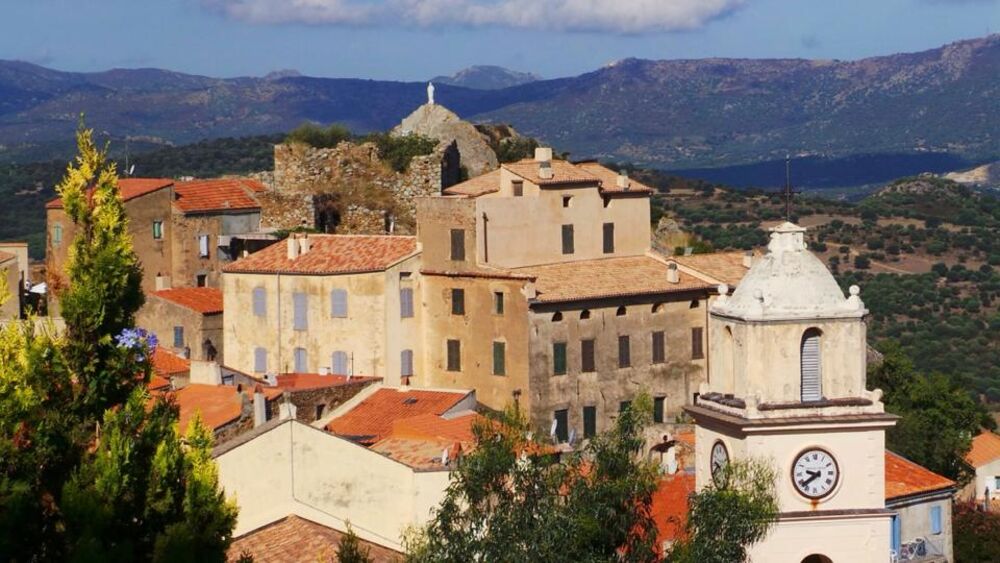
The village is overlooked by the vestiges of E Teghje, a medieval watchtower dating from the 16th century. A statue of the Sacred Heart of Jesus was erected there in the summer of 1991. The site offers remarkable views over the Réginu valley.


The convent was founded on 27 April 1494 by the Franciscans, who only left when the Revolution happened, never to return. It is now privately owned and the owners host various religious events and other celebrations, in an attempt to breathe new life into the site.After the dispersion of 1797 the convent and its garden were sold. In 1812 the municipalities of Costa, Occhiatana and Ville di Paraso bought the church square and the church, which was falling into disrepair. In 1870, the Capuchins were offered the square and the church by the municipalities so that they could restore it and worship there. The Capuchins set about the task and were helped by the population and in particular by Bonaventure Malaspina of Ville di Paraso. On 22 January 1872 the first mass was celebrated in the rebuilt church. In 1873 the superior of the convent bought a 100 kg bell. In the following years the pilgrimages testify to the devotion to the Virgin. The Pontiff, by a decree of 09/12/1875, granted that the solemnity of Our Lady of Lourdes could be celebrated in Tuani, the convent took the name of Our Lady of Lourdes, while the church was dedicated to St John the Baptist (Pieve San Giovanni di Tuani being part of the diocese of Marana). On 10 June 1880, as the expulsion of the religious was feared, Mr Malaspina was asked to mortgage the convent for 4000fr in order to save it. In 1903, new expulsions took place and the convent remained closed until the return of the religious in 1920. Immediately the traditions were resumed and the feast of Our Lady of Lourdes was henceforth solemnly celebrated on the first Sunday in May. On January 16, 1967, as there were too few religious, the convent was closed. It was sold to Catherine Deneuve on July 28, 1969 via a company in Liechetenstein. The festival is no longer celebrated and the convent is no longer maintained; it is finally sold in 1977 and the new owners try to bring back to life this place full of history, the festival takes place there every year with mass and procession, concerts are given. The convent was listed in the Inventaire Supplémentaire des Monuments Historiques (Supplementary Inventory of Historical Monuments) by a decree of the Ministry of Agriculture and the Environment on 30 March 1978. The bell tower was restored in 1980 and 1990, and fitted with a lightning rod. In 1999, the former gardens of the convent (Agro Santo), oak woods, chestnut trees, olive trees, springs and the built-up fountain used as a washhouse, were bought back to reconstitute the original estate.


Located in Costa village centre, the parish church of the Holy Saviour is home to many remarkable statues and works of art that are listed Historical Monuments, including the organ, paintings, sacristy furniture and one of the stalls.

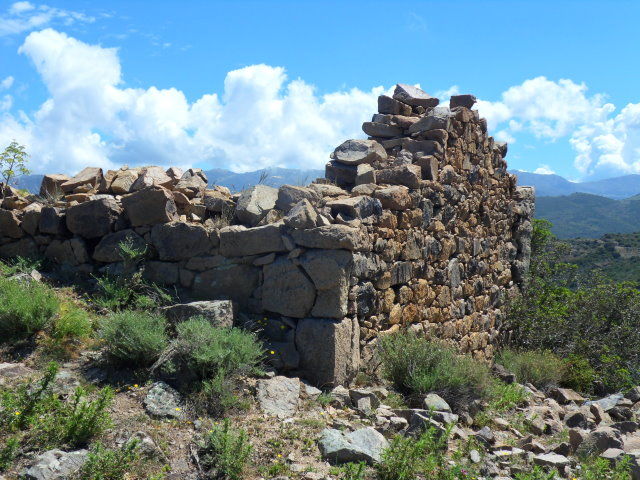
The village of Cruschini had dedicated its church to San Cosimo and San Damiano. Abandoned during the 16th century following an outbreak of the plague, the village was rebuilt around a tower and its new church was dedicated to San Domenico.

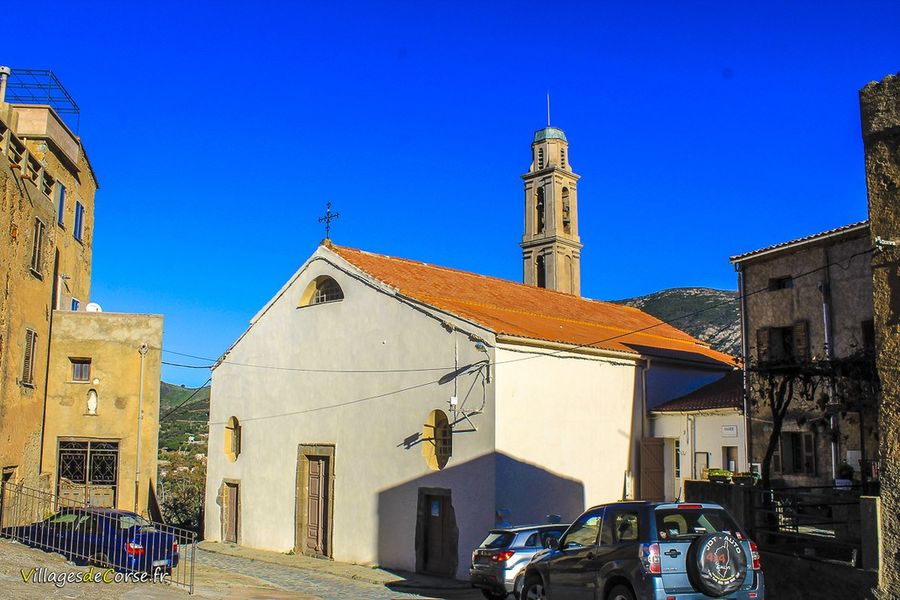
Formerly the church of the Assumption, it is now the parish church of Saint Bartholomew. It dates from the 2nd quarter of the 17th century. Rebuilt in 1620, then reworked in 1627, it features a 3-level Baroque bell tower with a small lantern.


The amazing tombstone of Damaso Maestracci, whose naive art reminds us of the work of Ferdinand Cheval, is located in the cemetery's north entrance. He was the creator of the War Memorial and also bedecked his own house with some imposing curiosities.

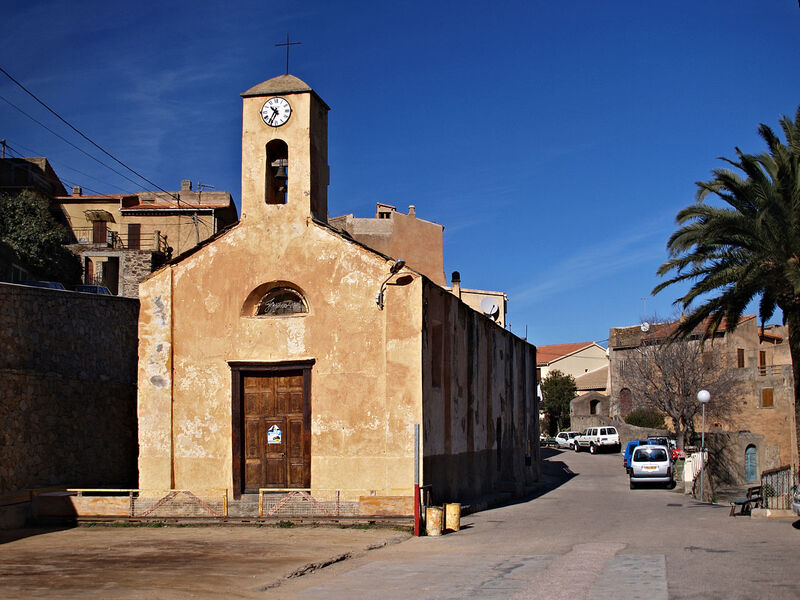
The recently-renovated Friary building is occupied by the Association Per l'Animazione d'Ochjatana. This ancient chapel boasts remarkable acoustics. During the summer season drinks can be purchased here.

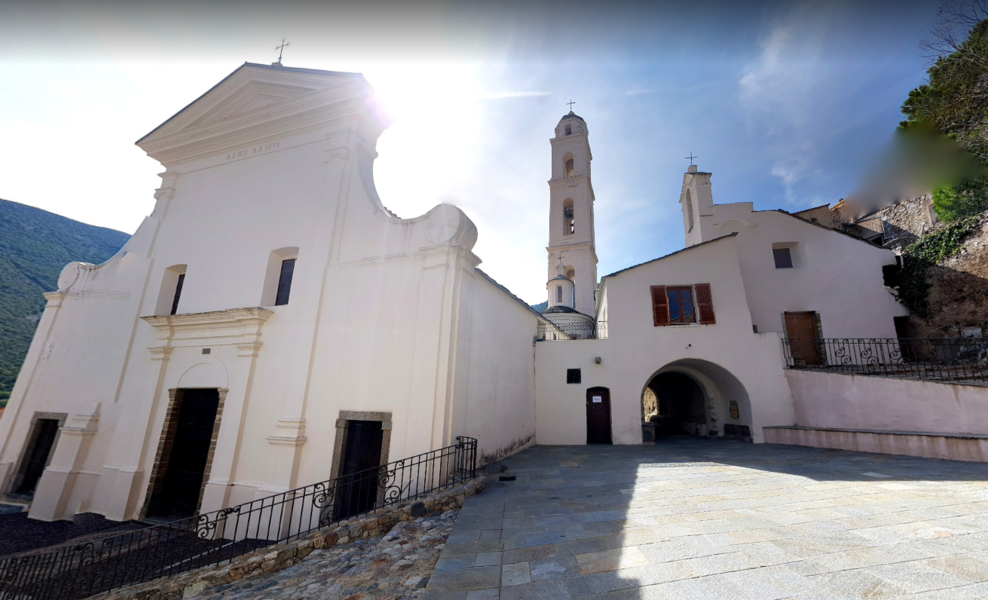
The distinguishing feature of this 16th-century Baroque church is its tall, 4-level campanile (bell tower). Pascal Paoli's sister is buried here. The church boasts an organ built in 1833 by the only Corsican organ builder, Anton Pietro Saladini de Speloncato.


This chapel was built in March 1713 next to the site of the old, smaller chapel. Above the entrance is a statue of the Virgin Mary.In 1792, the statue of the Virgin Mary, which arrived from Genoa on the boat of a certain Paoli from Canari, was blessed by the village priest after being transported from Losari to the chapel before being placed in the parish church. A painting from the first quarter of the 18th century, attributed to the painter Pietro Antonio Rossi, depicting the Annunciation, St. Joseph and St. Francis Xavier, could be seen before it was placed in the village church.


This chapel was built in 1670 following an agreement between the "Common Fathers" and the master mason, Gio Bernardo. It was restructured in 1860, with materials from the facade of the parish church that were retrieved and carried by the villagers.In this chapel, there is a painting representing Saint Lucy and Saint Sebastian at the foot of Our Lady of the Seven Sorrows, the work of the painter Luigi Brunetti, originally from Urbino, whose activity is attested in Corsica from 1843 to 1851. He married in Belgodère. A procession and a celebration of the saint were organised in the past every 20th January by the population and the confreres of the Brotherhood of the Holy Cross. It houses an altarpiece in fairly good condition and a 19th century painting by Brunetti, an Italian painter, representing the Saint. Although it has been desecrated, this chapel is still the object of special veneration during the eponymous festivals.

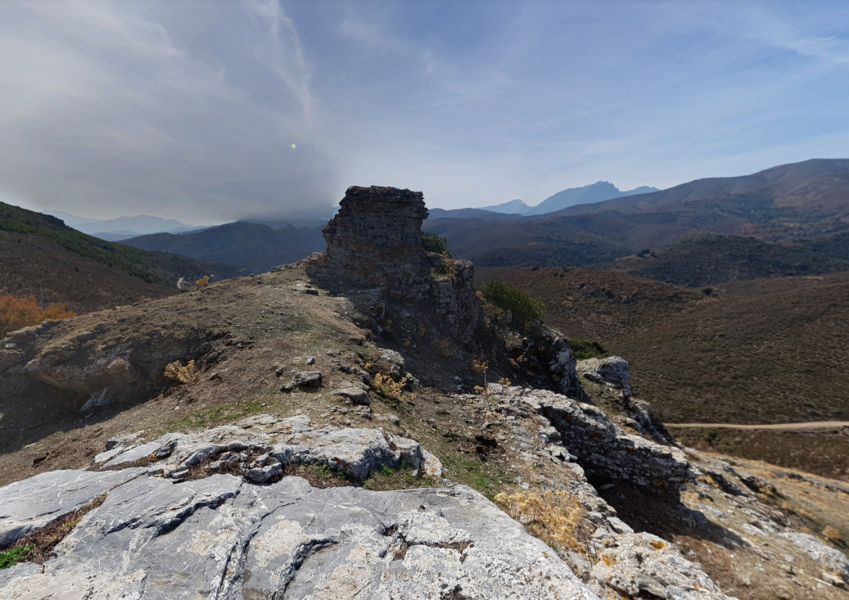
Reduced to ruins a long time ago, the castle stood on a steep limestone outcrop at an elevation of 738 metres, overlooking San Colombano pass, a 692-metre strategic point of passage between the Golo valley, the region of Balagne and the sea.It was one of the optimal strategic and military positions for the control of space for the marquises of Massa. In fact, it dominates both the eastern Balagne and the "basin" of Ponte-Leccia, i.e. directly the traves of Ostriconi, Ghjunsani, Tuani and Caccia. The castello of San Colombano de Ghjunsani was the main fortress of the marquises of Massa and Corsica according to the chronicles of the late Middle Ages. It is mentioned for the first time in 1289. It was the property of Roberto de Massa. On 15 August 1289, in war against Roberto de Massa who was in revolt against the Genoese, Luchetto Doria seized his fortress of San Colombano de Ghjunsani.

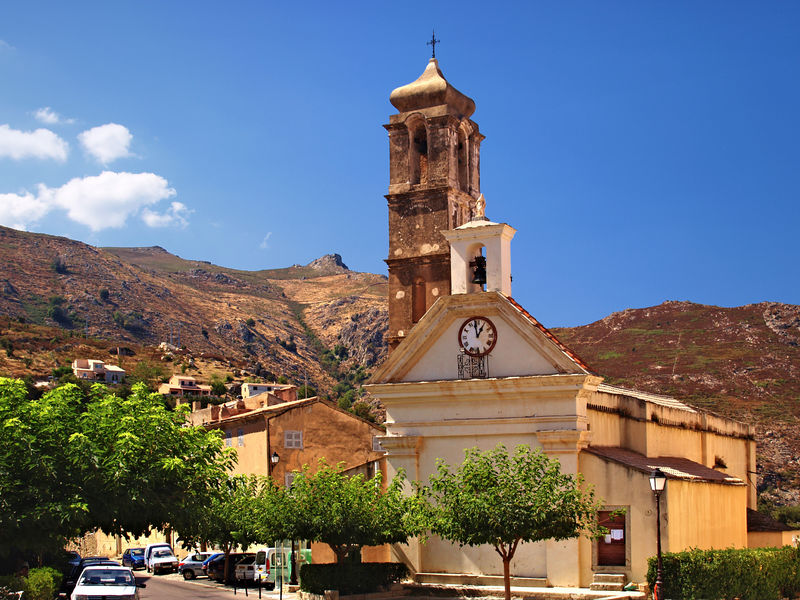
During the 12th century, the church was used by the inhabitants of Giustiniani. Located on the village square, it is the seat of the friary of Sant'Antone Abbate. It features a listed altar, an 18th-century tabernacle, and a silver reliquary on St Roch wood.


The collegiate church is extremely old. The original Romanesque church was built in 1509. Its status of exceptional collegiate church was granted by Pope Benoit XIV on 6 December 1749, and confirmed by Pope Clement XIII on 6 May 1766. It was restored in 1970.Its façade dates from 1509 and its Nicolas Filippi Way of the Cross from 1746. It contains a tabernacle with twisted columns, inlaid wood and varnish from the 18th century (listed), numerous paintings including "The Last Communion of a Holy King", oil on canvas from the 17th century (listed) and the shrine of the relics of San Vittoriu, a martyr from the end of the 3rd century. The church has a historic Crudeli organ (1810) and a gallery (1821) by Anto Giuseppe Saladini, born in Speloncato. It is the seat of the Oratory of the Confraternity of Santa Croce.

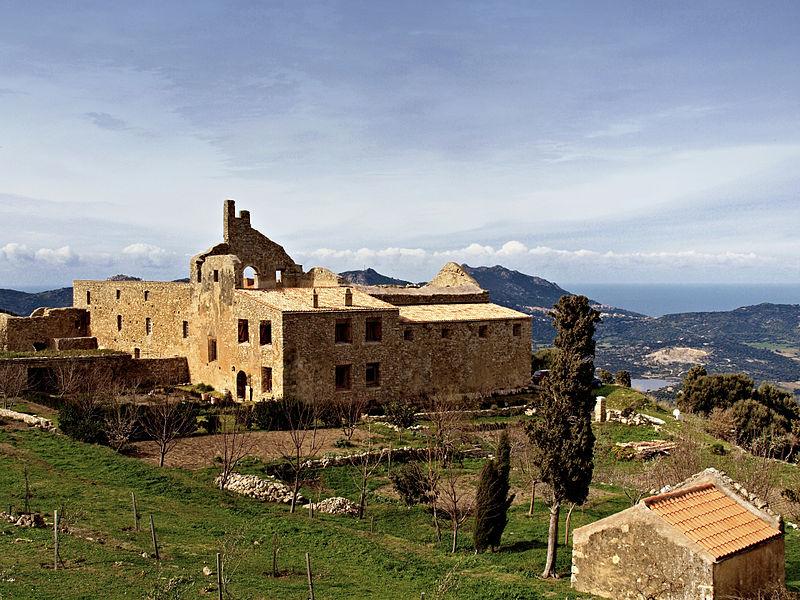
Built by the Capuchin monks in 1621, the convent was in ruins before being restored and converted into housing. It was made famous by a spring that supplied it with water from the Carignelli, an excellent cure for a number of ailments.

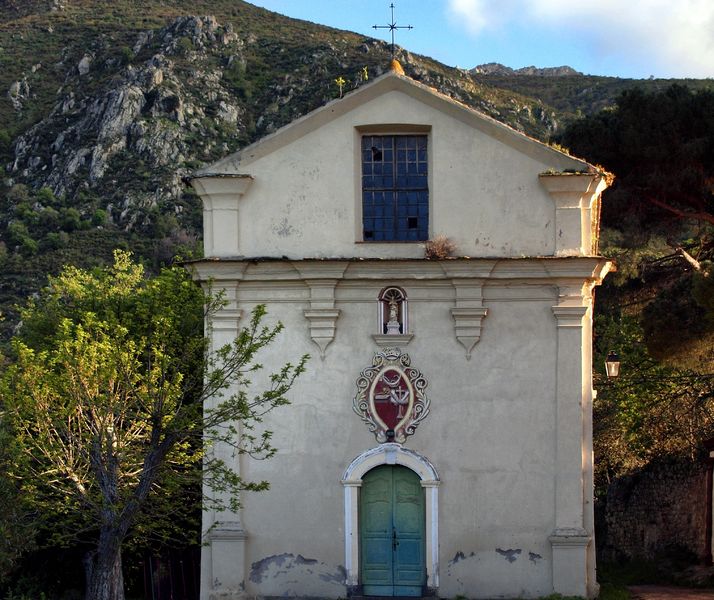
Adjoining the church, which was decorated by Italian artists, it is now a venue for contemporary art exhibitions. Near the church you'll find some monumental tombstones, including those of the Filippi, Taddei and Malaspina families. There are also some private chapels.

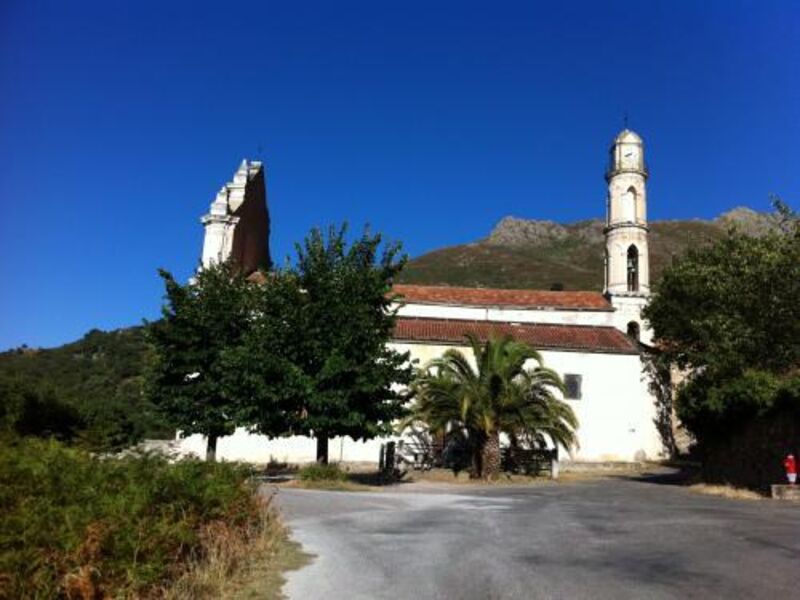
The parish church of Saint Simon (San Simonu) is of Baroque style and dates from the 18th century. This vast structure features a 4-level bell tower with a clock and stands beyond the village on a spur, at an elevation of 300 metres.

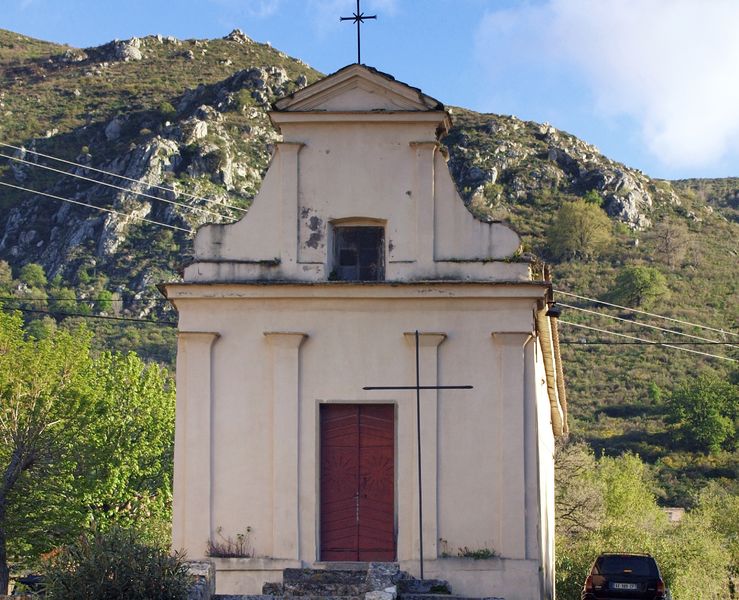
The chapel of Saint-Roch (of San Roccu) is a small building located above and behind the Sainte-Croix friary chapel and the parish church.

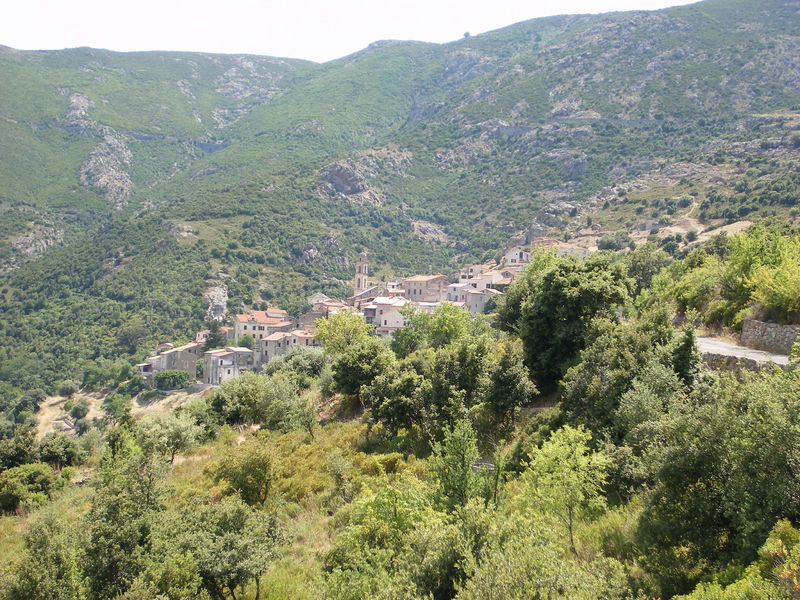
The medieval village of Palasca dates from the end of the 11th century. It was built in the era of the marquises of Massa who had settled in San Colombanu.

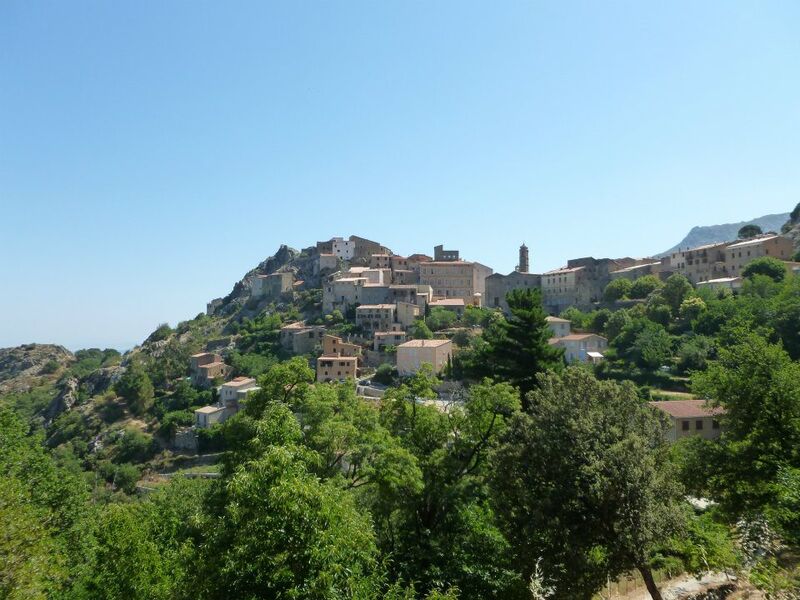
This has been a place of retreat for thousands of years. Some items of Neolithic furniture have been found here.


Ville di Paraso and the four hamlets (Rustu, Olivacce, Querci and San Roccu) have been clinging for centuries to this rocky spur planted with majestic trees that are ages old.

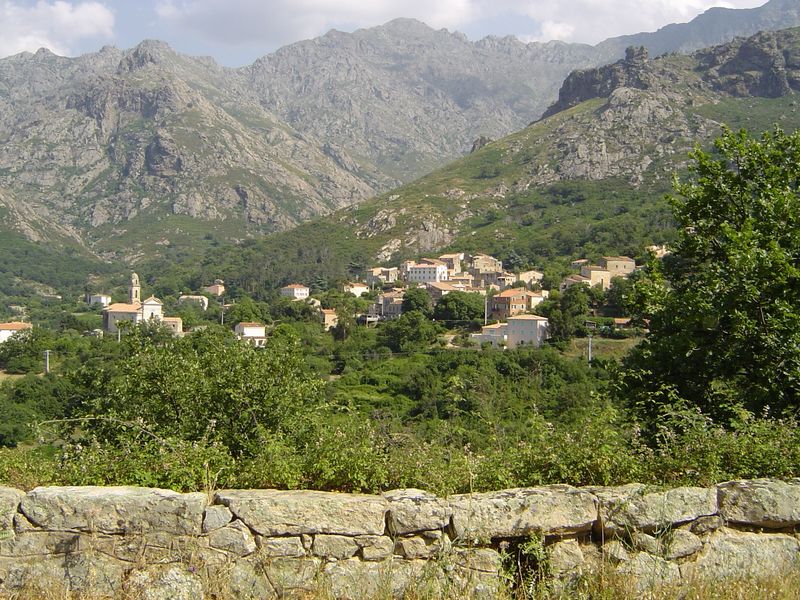
Balagne's smallest village has some pleasant surprises in store for you. Costa is a wonderful place, full of old stone houses, alleyways and arches. The only way to visit is on foot.Next to the town hall, the Malaspina House, a beautiful residence built in the 17th century, overlooks one of these vaulted passages. Take your time in Piazza Cumuna. Stop in front of the church of San Salvatore and enter to admire its paintings, olive tree statues and beautiful organ.
And if you feel like quenching your thirst, push on to the 17th century washhouse where the water gushes out of the fountain with a purity equalled only by its freshness.

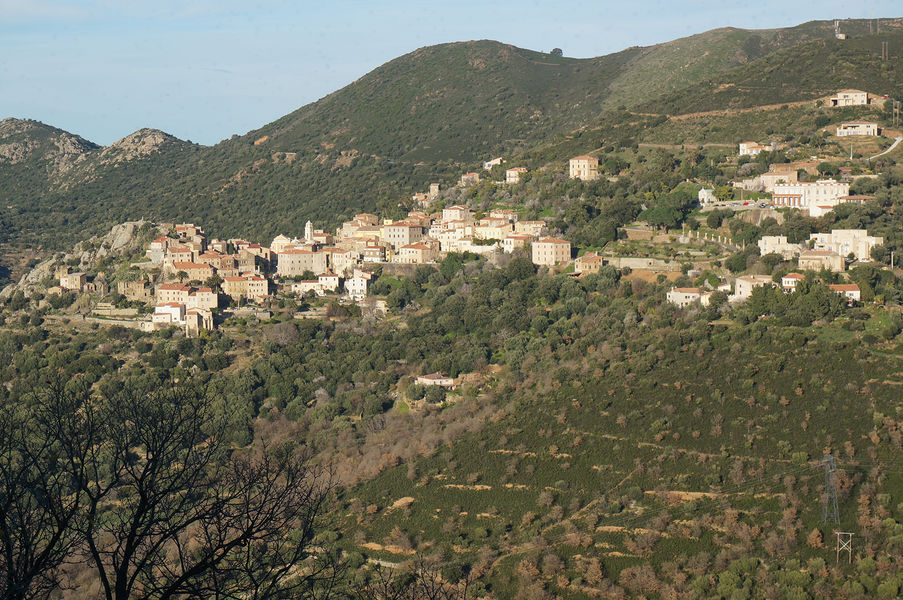
Succumb to the poetic charm of Occhiatana. Built on the Pinzu Sordu mountainside, this beautiful village offers a magical blend of tradition and modernity.

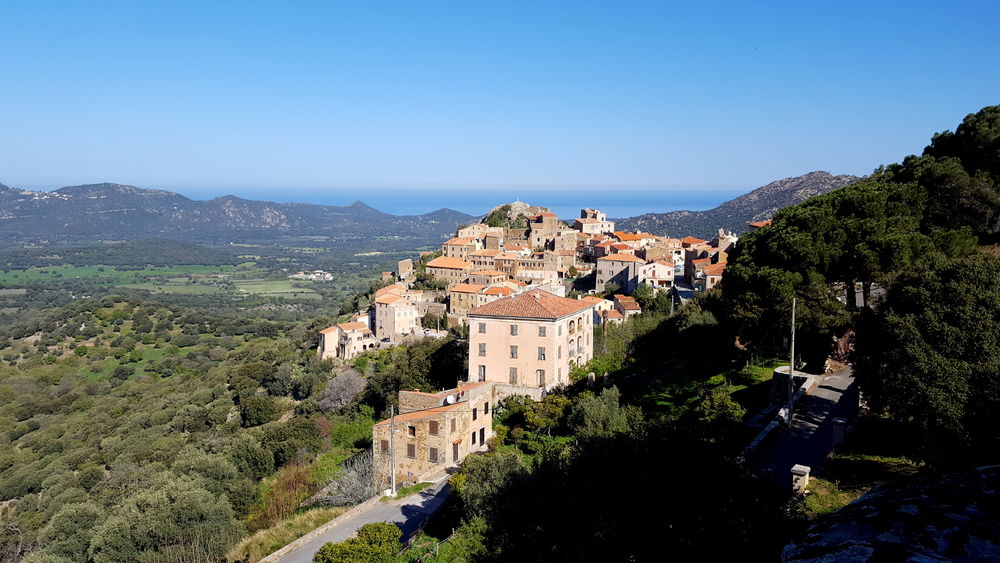
Standing proudly on its rocky spur overlooking the Reginu valley, the vibrantly colourful village of Belgodere invites you to explore the district of La Cima and the Malaspina castle!Follow in the footsteps of the Marquis of Massa, a powerful feudal lord, who one day in 1268 retreated to the top of the teghje (rocks) before deciding to settle there.
Explore the fortified part of the village of Belgodere, you won't regret it! Pass under one of the three vaulted entrances and visit the Cima du Fondu and Cabanne districts. Climb to the top of the teghje on the remains of the tower and enjoy the exceptional view.
Take a break in the centre of the village and sit at a café before heading to the parish church, which is a listed monument. Don't forget to look up on the way out of the village if you're heading towards Costa to see the Malaspina Castle.





